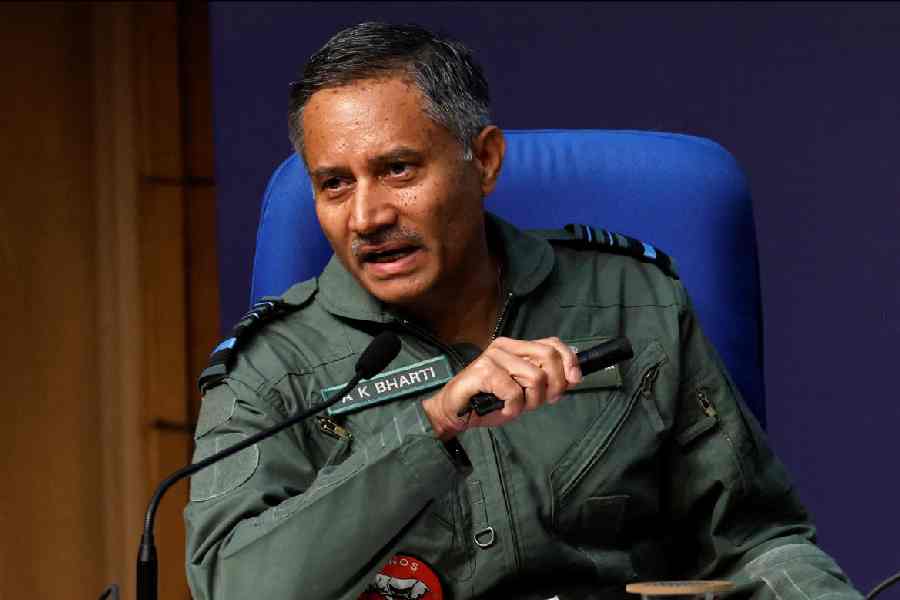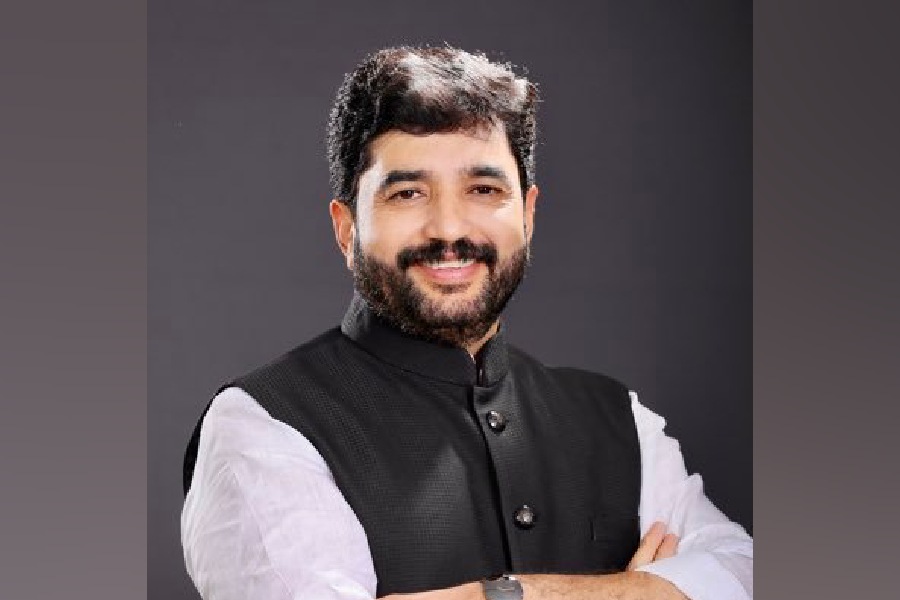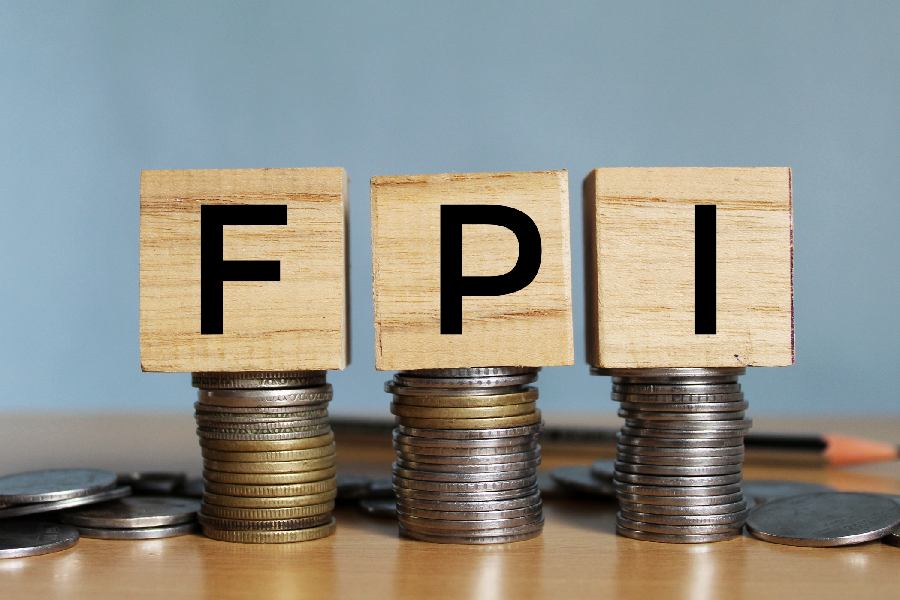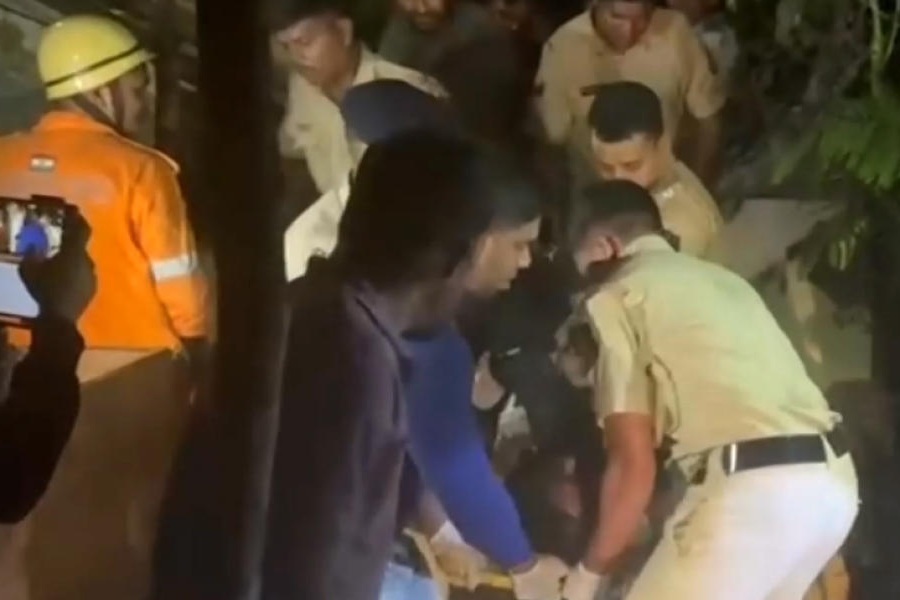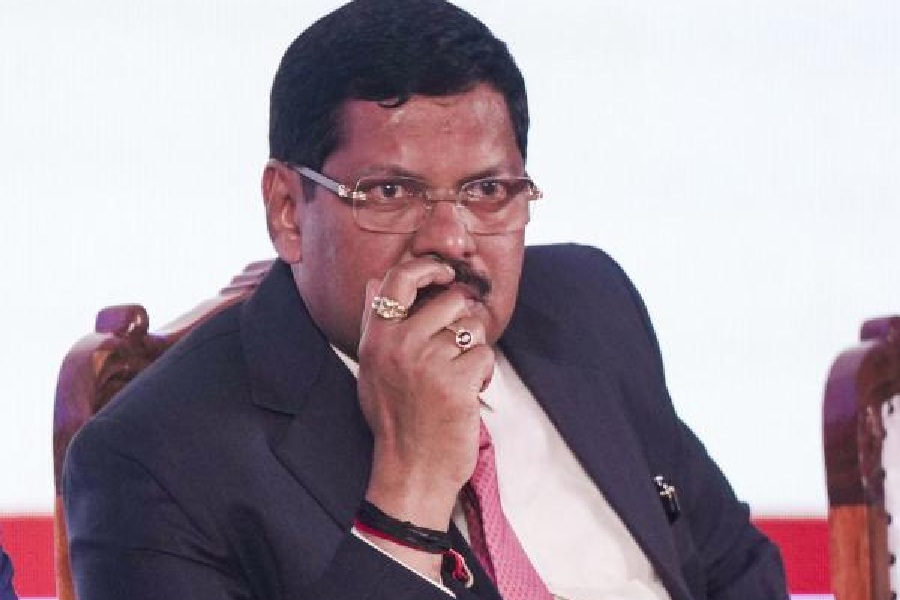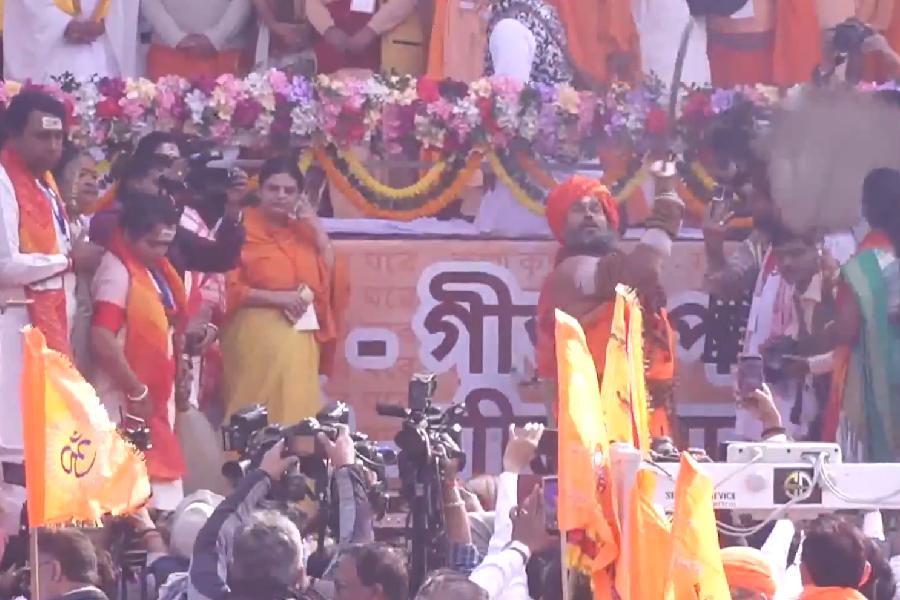India on Sunday said Operation Sindoor was not over, eager to maintain the psychological advantage it claims to have achieved by hitting deep inside Pakistan.
New Delhi also stuck to its guns on keeping the Indus Waters Treaty in abeyance, with officials insisting that “blood and water cannot flow together”.
Operation Sindoor will from now on be the new template for New Delhi’s response to acts of terror, sources said, adding that India had now raised the cost of terror for Pakistan.
The sources, however, did not spell out the threshold for an act of terror beyond which India would respond with action of the kind witnessed under Operation Sindoor.
By hitting key terrorist centres deep inside Pakistan and keeping the Indus Waters Treaty in abeyance, New Delhi wants to send across the message that Islamabad would have to pay for its policy of bleeding India with a thousand cuts.
The optics of Operation Sindoor apart, keeping the Indus Waters Treaty in abeyance is the most significant move India has taken to punish Pakistan for continuing to use terrorism as a part of state policy against India.
“Post-Pahalgam, we have signalled that the cost of terror will be raised. Blood and water cannot flow together. This provides shape to that principle,” a source said.
Of the nine targets hit on May 6-7 night, three — Bahawalpur, Muridke and Muzaffarabad — were crucial to India’s decision to scale up its response.
Having responded to the 2016 Uri attack with a “surgical strike” inside Pakistan-occupied Kashmir, and to Pulwama with an airstrike inside Khyber Pakhtunkhwa province, the planners wanted to go bigger and deeper this time, the sources said.
Bahawalpur, Muridke and Muzaffarabad were among the sites selected because they are intimately tied to the Pakistani deep state.
Of these three locations, the Jaish-e-Mohammad facility in Bahawalpur was hit the hardest, with the most potent weapons in the possession of the armed forces, the sources said.
This was a message to the ISI – Pakistan’s intelligence agency, whose representatives were present to welcome Masood Azhar, the Jaish chief, when India freed him on the night of December 31, 1999, after the IC-814 hijack.
On the diplomatic front, India has steadfastly asserted that Washington did not mediate the cessation of firing and that there are no plans to engage with Pakistan “on a broad set of issues at a neutral site”, as claimed by US secretary of state Marco Rubio.
The only India-Pakistan engagement to happen will be at the level of the Directors-General of Military Operations (DGMOs), sources said.
They stressed that there was no room for third-party negotiations on Kashmir since the only unfinished business was Pakistan returning Occupied Kashmir to India.
There has been no explanation, however, how US President Donald Trump announced the two DGMOs’ agreement to stop military action from Saturday evening.
Trump announced what Washington is calling a “US-brokered ceasefire”, a stand he reaffirmed on Sunday on his Truth Social account. He added that he would increase trade with both countries and work with them to find a solution to Kashmir.
As for the New York Times report about US Vice-President J.D. Vance speaking to Prime Minister Narendra Modi and seeking an off-ramp for fear of a “dramatic escalation” by Pakistan, sources confirmed that the conversation did take place on Friday, May 9.
“The Prime Minister responded that if Pakistan does something, they will get a bigger response,” a source said.
On May 9-10 night, Pakistan made its biggest and boldest move by targeting 26 places in India simultaneously and with heavy-calibre weapons.
Sources claimed the Indian armed forces were able to intercept the attack and then hit back deep, damaging eight airbases including the Shahbaz Airbase at Jacobabad in Sindh, and Chakwal in Rawalpindi where Pakistan’s army is headquartered.
“This was in keeping with the Prime Minister’s directive – ‘Wahan se goli chalegi, yahan se gola chalega (If they fire a bullet, we shall fire a cannonball)’,” a source said.
“If they hit us, we will hit back” became India’s stock response to all the capitals that had reached out to New Delhi to seek a de-escalation. And this, the sources said, is the new normal.

